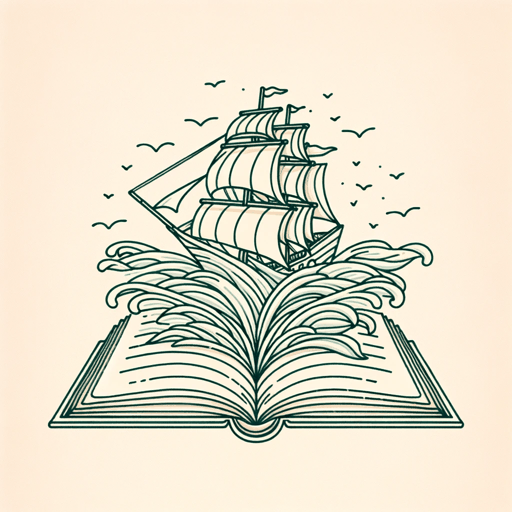18 pages • 36 minutes read
Emily DickinsonThere is no Frigate like a Book
Fiction | Poem | Adult | Published in 1866A modern alternative to SparkNotes and CliffsNotes, SuperSummary offers high-quality Study Guides with detailed chapter summaries and analysis of major themes, characters, and more.
Further Reading & Resources
Related Poems
“On Imagination” by Phillis Wheatley (1773)
Phillis Wheatley, born an enslaved person, was one of the best-known poets in America prior to the Civil War. Her poem “On Imagination” highlights the imagination’s ability to allow one to escape their circumstances. Like Dickinson’s “There is no Frigate like a Book,” Wheatley’s speaker emphasizes the “swiftness of [imagination’s] course” (Line 14) compared to conventional travel. Wheatley’s engagement with the imagination predates and foreshadows ideas developed by British Romantic and American Transcendentalist thinkers, who argued for the imagination’s power in the intellectual mainstream.
“Foreign Lands” by Robert Louis Stevenson (1913)
This children’s poem by Robert Louis Stevenson provides a different perspective on the imagination. Rather than traveling to distant lands through works of literature, Stevenson’s child speaker sees “foreign lands” (Line 4) by climbing to the top of a cherry tree. Stevenson’s poem ends with his speaker imagining themselves finding a higher tree where they can see to the imagination’s limits.
“Tell all the truth but tell it slant" by Emily Dickinson (1945)
Dickinson likely wrote “Tell all the truth but tell it slant” around the same time as “There is no Frigate like a Book.
Related Titles
By Emily Dickinson

A Bird, came down the Walk
Emily Dickinson

A Clock stopped—
Emily Dickinson

A narrow Fellow in the Grass (1096)
Emily Dickinson

Because I Could Not Stop for Death
Emily Dickinson

"Faith" is a fine invention
Emily Dickinson

Fame Is a Fickle Food (1702)
Emily Dickinson

Hope is a strange invention
Emily Dickinson

"Hope" Is the Thing with Feathers
Emily Dickinson

I Can Wade Grief
Emily Dickinson

I Felt a Cleaving in my Mind
Emily Dickinson

I Felt a Funeral, in My Brain
Emily Dickinson

If I Can Stop One Heart from Breaking
Emily Dickinson

If I should die
Emily Dickinson

If you were coming in the fall
Emily Dickinson

I heard a Fly buzz — when I died
Emily Dickinson

I'm Nobody! Who Are You?
Emily Dickinson

Much Madness is divinest Sense—
Emily Dickinson

Success Is Counted Sweetest
Emily Dickinson

Tell all the truth but tell it slant
Emily Dickinson

The Only News I Know
Emily Dickinson

